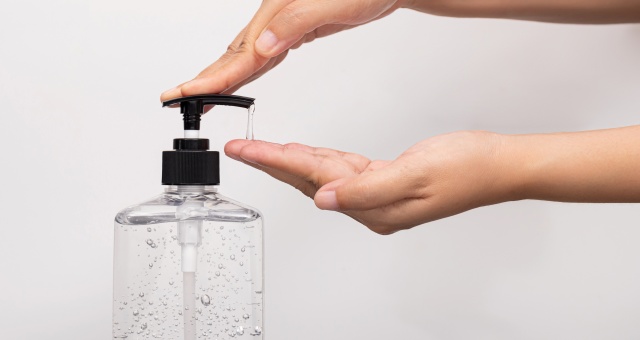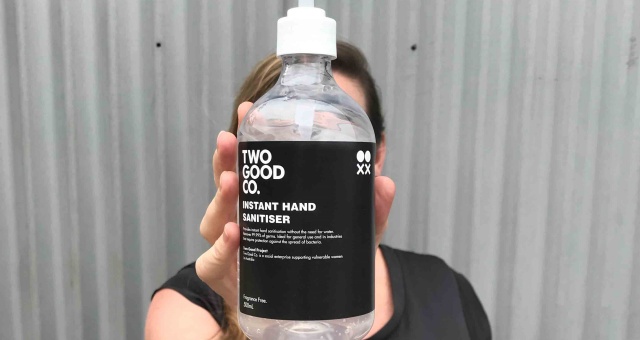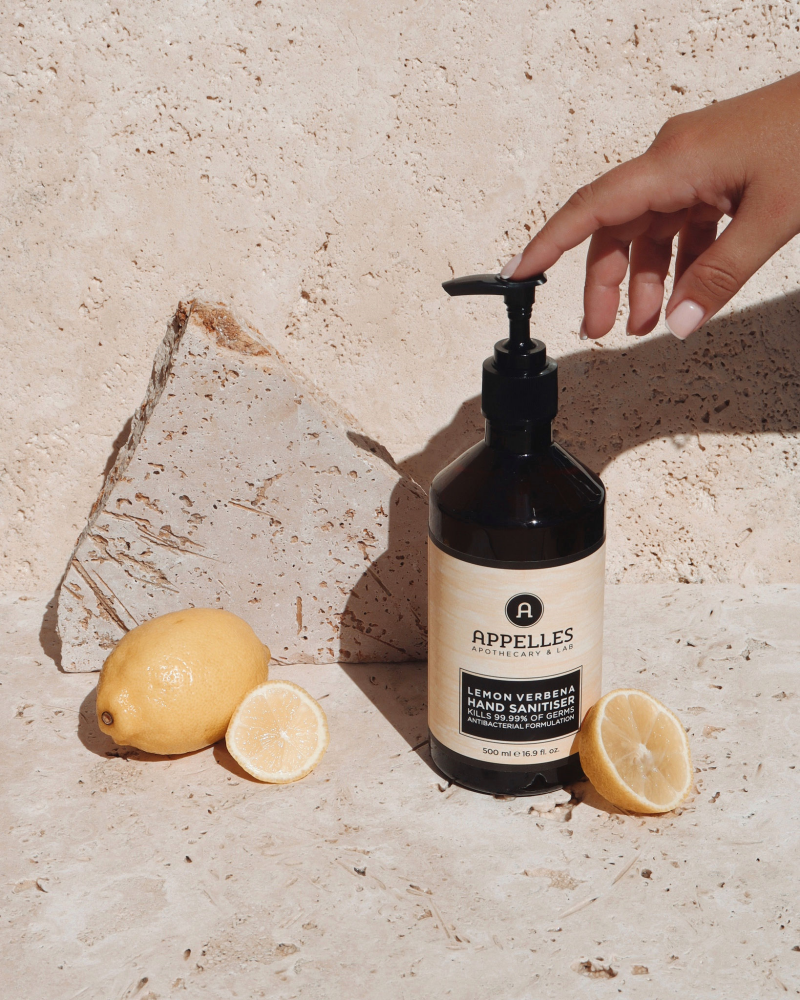Throughout the pandemic, hand hygiene through regular washing and sanitising has been front and centre as an easy. everyday weapon against contamination and ‘stopping the spread’.
Prior to the pandemic, Australians used around 20 million litres of hand sanitiser each year, according to the Australian Government’s Department of Industry, Science, Energy and Resources. This data shows that even then, estimated demand was already dwarfing supply, with records showing 70 million litres were needed each year to satisfy market needs. Enter the pandemic.
Almost overnight, hand sanitisers went from something you might have had to look hard for or ask for to being everywhere and boosted by highly visible signage encouraging its use. This skyrocketing demand, coupled with international supply chain disruptions, was more than current supply could handle.
This resulted in many businesses in distant cousin fields – such as cosmetics, distillers, paint manufacturers and packaging companies – retool their supply lines and machinery to make sanitising gels, face masks, sprays and various other forms of PPE in a collective effort to protect the population. Estimated production in April 2020, right in the thick of the pandemic albeit during national lockdown, was at 54 million litres annually – still well below the pre-COVID demand.
Assisted somewhat by flexibility from the Therapeutic Goods Administration (TGA) in streamlining its approvals process, many new brands of sanitiser appeared in market very quickly. Every customer-facing business in the country was also required to carry significant quantities to ensure they were never without. This put enormous pressure on the supply chains, transport and freight companies to keep up.
Now, as the pandemic has largely played out in Australia – albeit with minor spot fires popping up from time to time – temporary manufacturers have largely returned to their former activities, supply lines have steadied and delivery times returned to normal. Demand is expected to remain high for the foreseeable future and for several of Australia’s leading sanitiser suppliers, describing the last 12 months as a rollercoaster would be an understatement.
“The uncertainty caused by travel restrictions and the breakdown of supply chains presented the biggest challenges we’ve faced in our 23 years, but we also experienced incredible highs,” said International Interior Images Founder, Val Houston.
“Whilst our regular hotel partners were closed, we worked non-stop through lockdown on some spectacular new openings, like Crown Sydney and EOS by SkyCity Adelaide. We also completely reimagined our product portfolio to focus on locally-made brands and products, leaving us perfectly positioned once the rebound hit.”
Vanity Group Founder and CEO, Paul Tsalikis, said the company had plans to develop its own luxury hand sanitiser and the onset of the pandemic expedited this charge.
“We identified a gap in the market for a high-end sanitisation solution and created the Appelles Lemon Verbena Hand Sanitiser,” he said. “It was one of the first brands to market, and quickly met the needs of our partners.”
Elsewhere, many Australian brands had plentiful stock of trusted and locally-made sanitisers ready to go, which saved Interior Images from needing to place potentially heavily delayed orders from overseas suppliers.
“Another initiative that has been very successful for us is providing custom-branded, locally-produced hand sanitisers to our larger clients,” said Houston.
“Even before COVID and the sanitiser rush hit, we were already boosting our network of local suppliers and investing in a new warehousing system.
“We knew that relying less on foreign imports and championing local business was the right way forward economically, environmentally and ethically. The pandemic has only reinforced that we’re on the right track.”
Domestic producers of hand sanitiser have reported that they are capable of scaling up production to 200 million litres per year, however this is currently hampered by poor availability of some imported products such as thickeners, bottles and pump closures.
The mix between domestic production and imports is expected to sit at around 70/30 respectively for the medium term, however as overseas stock returns in larger volumes, matters such as cost competitiveness will creep back into play and dictate market demands.





